DROID Ultra Vs Moto X: Anything You Can Do, I Can Do Better
This week the DROID Ultra hits the review bench at SlashGear, bringing with it a full understanding of how closely it'll be resembling the Moto X in features that – surprise – Google and Motorola implemented on the whole family. What we've seen thus far is a device that's only ever-so-slightly pulled in to the Motorola universe for apps – with a dash of Verizon, while we're at it. Essentially everything Moto X offers in a smartphone, DROID Ultra brings with just as much fury.
The Camera app is the same on both devices. On all of the DROID devices for 2013, it should be made clear, as well as the Moto X. You can hold down to rapid-fire photos, pull in from the edges of the display to bring either a simple set of settings or a gallery of recently-shot images, and the same camera is situated at the back of the whole lot of phones. It's all a 10-megapixel sensor – Clear Pixel technology with RGBC (red-green-blue-clear CMOS) and a f/2.4 aperture lens.
Moto X launches its camera with a double-flick of the wrist – so does a DROID.
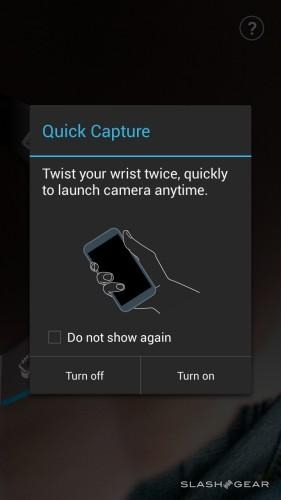
The whole lot of devices work with Android 4.2.2, each has the same processor and the same amount of RAM, and though the Ultra has a smaller battery (2130 mAh) than the Moto X (2200 mAh), the DROID is said to work for 28 hours while the Moto X is said to run for 24. We've seen in our Moto X Review that the smaller handset nearly gets to 24 hours with regular usage – nearly – we'll soon see how the Ultra holds up with it's larger display.
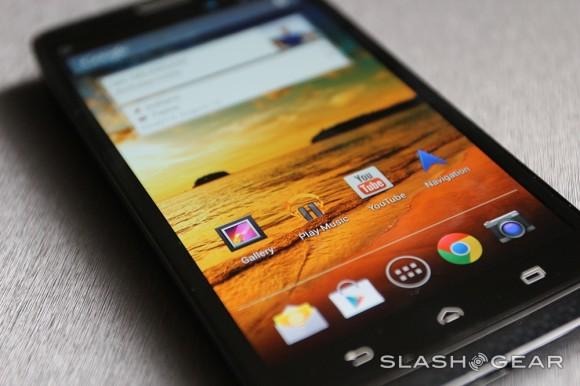
The DROID Ultra works with a 5-inch HD AMOLED display with 1280 x 720 (that's 720p or 294 PPI) while the Moto X works with a 4.7-inch display with the same technology and the same amount of pixels. The Moto X therefor has 316 PPI, a bit denser than the Ultra – perhaps accounting for its slightly smaller battery rating.
While the DROID Maxx and DROID Mini work with Qi-standard wireless charging, the Moto X and the DROID Ultra live without it.
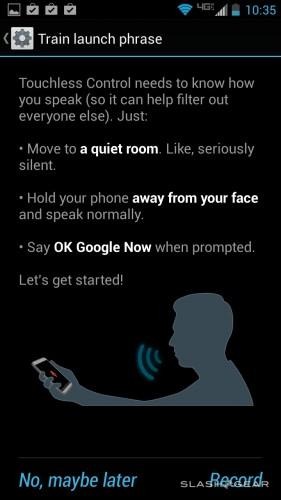
Moto X works with "always on" hands-free mode with Google Now – so does a DROID.
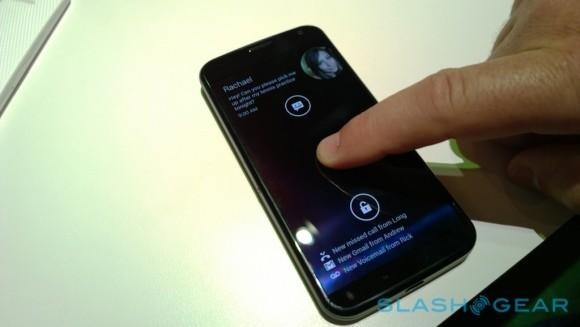
Both devices work with active notifications, both make next-generation use of sensors with Moto Assist. This is the bit spoken about earlier this year by Motorola as the advanced features that allow the phone to know when you're in the car or when you've just taken said phone out of your pocket.
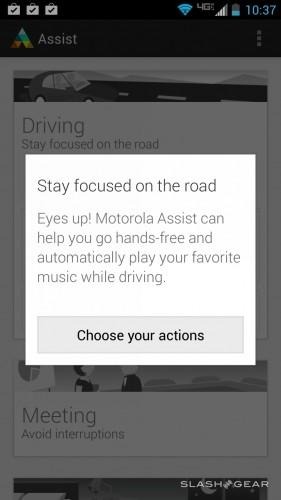
So what are the big differences between these DROID devices and the Moto X?
Physical size, mobile data carriers, battery life, and marketing.
You can bet your life savings on Google supporting Moto X with advertising from here until the end of the year without a doubt – the Motorola DROID family will be dependent on Verizon's in-store push (which will, as always, be something to be reckoned with.) Battery life on the DROID Mini rings in at a Moto-suggested 28 hours (like the Ultra) while the Maxx crashes the party with 48 hours of life, similar to the massiveness of the RAZR MAXX HD from last year.
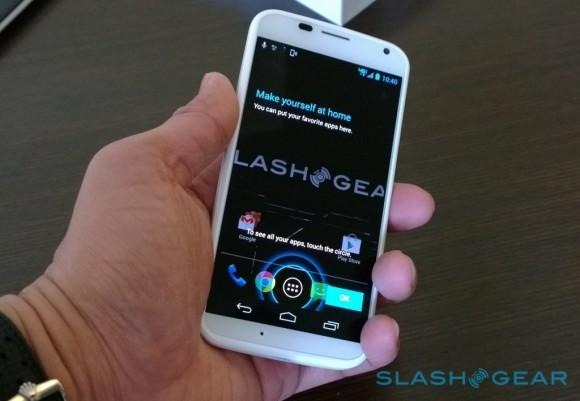
And each of the devices looks different from the last and feels a bit different from the last. You'll be able to check the full bunch out likely by the end of the month – we'll have to wait and see how Verizon feels about releasing the DROID Mini on top of the Ultra and Maxx, both of which come on the 20th of August, and the Moto X which is currently rumored to be released for sale (with no confirmation of which carriers) by the end of the month.
There'll of course be a price difference between the set as well, but as both the Moto X and the Ultra cost the same price on-contract, you'll have to set your sights elsewhere for a final straw.
UPDATE: See our full review of the DROID Ultra now!
